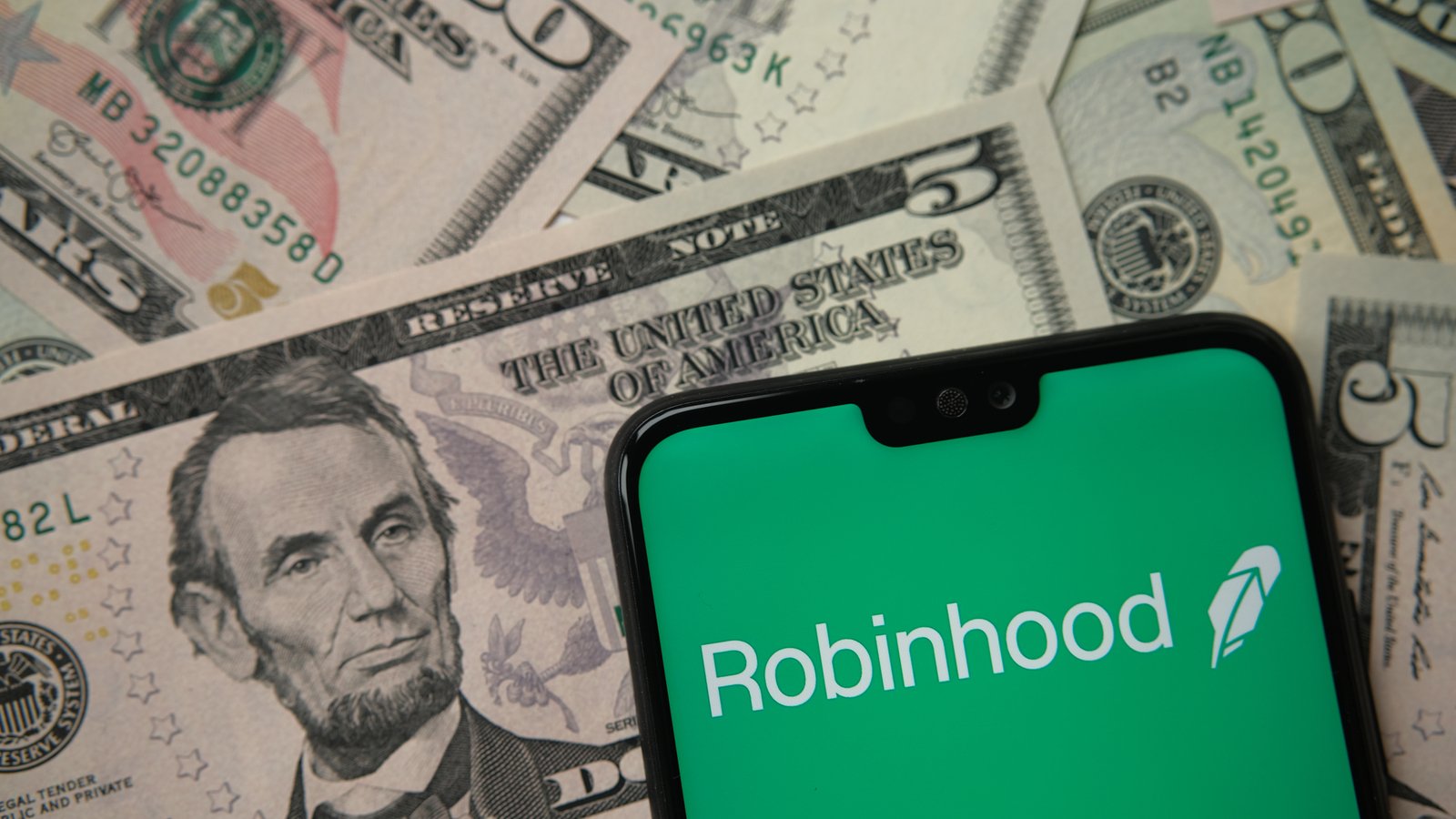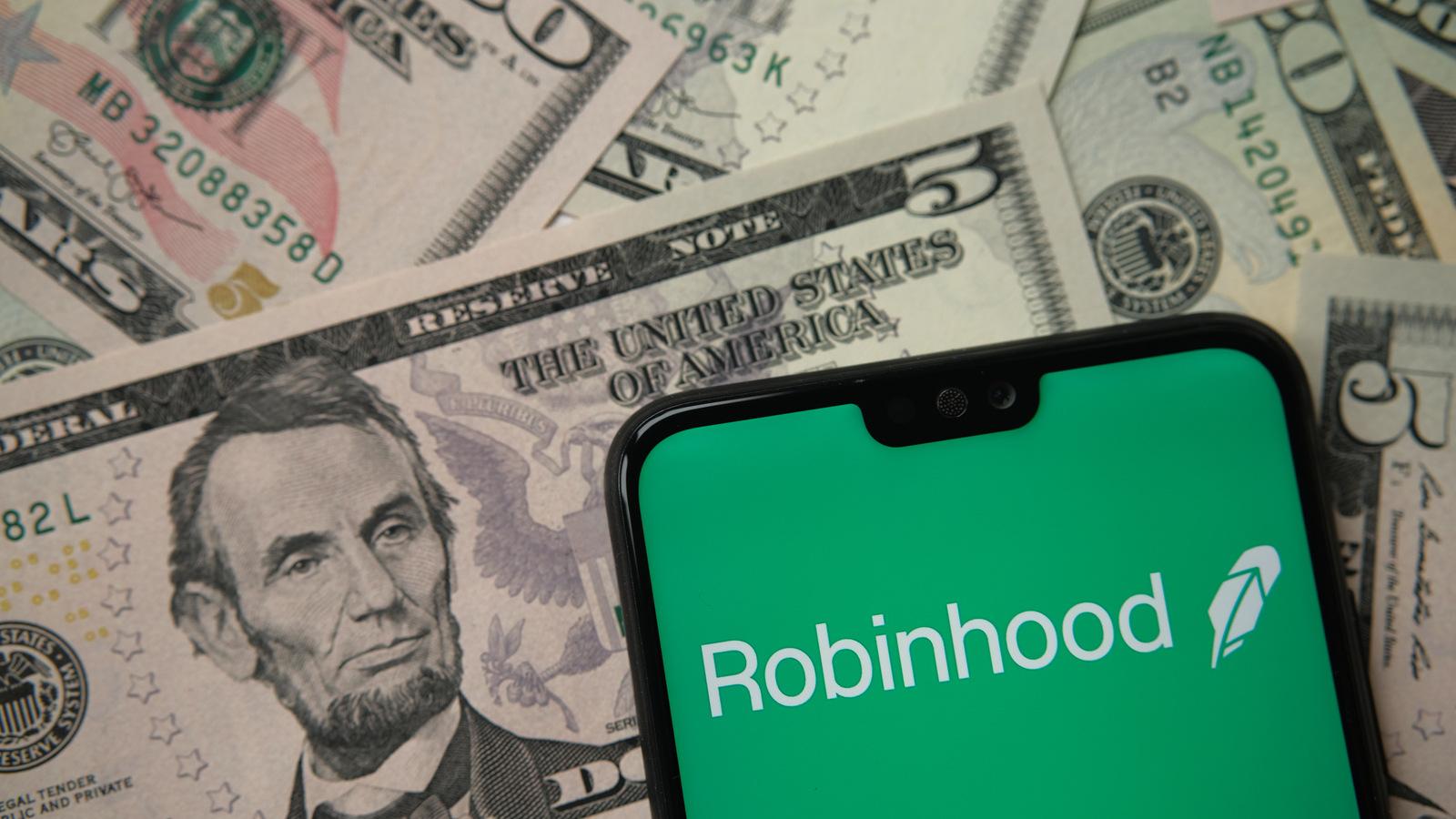
The fintech sector has grown substantially, with digital services like banking and investing gaining popularity. However, not all fintech stocks will thrive due to challenges like slowing customer growth and squeezed profit margins. Some have surged in value, making them vulnerable to sudden price drops. One fintech stock to avoid is Robinhood (NASDAQ:HOOD), a once-promising online brokerage that has plummeted from its IPO price of $38.00 in July 2021 to $9.21 at the time of writing. Hood stock remains problematic.
Legal troubles and regulatory scrutiny, such as $135 million in settlements for misleading customers and outages, have weighed it down, including investigations into trading restrictions during the GameStop event.
Let’s explore why HOOD stock is still risky and what potential investors should consider before buying.
Still Bearish on HOOD
In my previous column about HOOD in August, I discussed how Robinhood is a prominent online broker recognized for its all-in-one platform. It offers commission-free trading of stocks, ETFs, and cryptocurrencies through a user-friendly mobile app and website. While beginners appreciate its simple design, experienced investors value its customization features, including options trading.
What’s most troubling to external observers about HOOD stock is that even positive developments fail to boost optimism. Robinhood achieved its first profitable quarter, surpassing analysts’ expectations, but the stock remains under downward pressure due to the challenging environment. Cryptocurrency trading, though a part of the picture, is not a significant driver for this stock.
Dependence on Speculative Trading
Robinhood’s significant dependence on riskier options and cryptocurrency trades, which comprised 66% and 16% of its transaction-based revenue in Q2, is a notable issue. Conversely, stock-based trades contributed only 13% to this revenue.
In Q2, their total transaction-based revenue declined by 7% compared to the previous quarter. This drop resulted from a 5% decline in options revenue, an 18% decrease in cryptocurrency revenue, and a 7% reduction in equity-based revenues.
This was a disappointing turnaround from its 11% growth in transaction-based revenue in Q1, with its MAU loss indicating that Robinhood’s customers aren’t returning to active trading in options, cryptocurrencies, or stocks despite the market’s recovery.
Look Forward to Q3
Robinhood is scheduled to release its Q3 2023 financial results on November 7, which will shed light on its substantial legal and regulatory costs. Additionally, the company’s diminishing user base is problematic, with Q2 2023 witnessing a 1 million drop in monthly active users to 10.8 million.
November 7 could be pivotal for Robinhood, considering its ongoing legal costs and the need to sustain profitability and regain active users.
For skeptical investors like me, Robinhood remains a show-me story until there’s concrete evidence. While there may be a future opportunity to invest in HOOD stock, adopting a wait-and-see approach is advisable.
On the date of publication, Chris MacDonald did not have (either directly or indirectly) any positions in the securities mentioned in this article. The opinions expressed in this article are those of the writer, subject to the InvestorPlace.com Publishing Guidelines.
